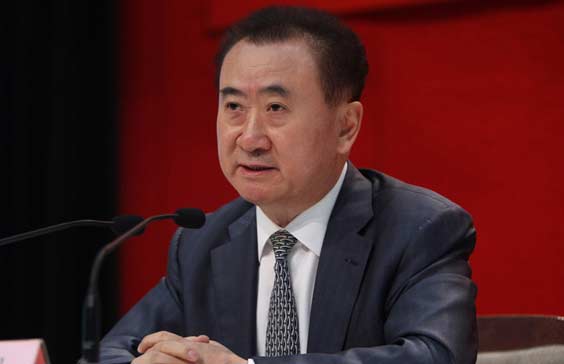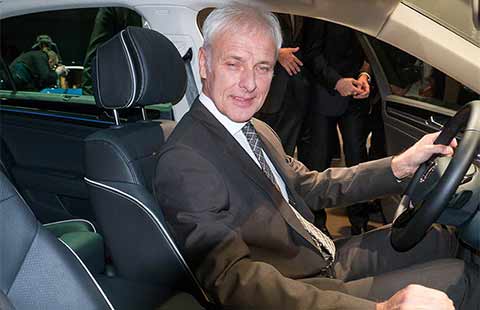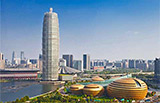More pro-growth policies expected for China's economy
(Xinhua) Updated: 2016-03-02 10:07The central bank has slashed the RRR and rates multiple times to drive down corporate borrowing costs and stimulate the real economy since the end of 2014.
Weighed on by falling exports and industrial overcapacity, China is grappling with a lingering slowdown. Manufacturing activity fell to its lowest level in four years last month, calling for more policy support and efforts on structural reforms.
Economists agreed the RRR cut will be followed by more growth-supportive policies this year.
Wang expects the PBOC to cut the RRR by a total of 300 basis points and continue to lower benchmark interest rates. Lian Ping, chief economist with the Bank of Communications, predicts at most three RRR cuts but held that rate cuts will be less likely.
"Apart from measures on the monetary front, stronger fiscal policies are also needed to stabilize growth as China faces high downward pressures and lackluster business performance, and banks have become more cautious to lend," Lian said.
Finance minister Lou Jiwei has predicted an increase in the budget deficit this year and said China still has room to expand fiscal policy.
China raised its budget deficit to 2.3 percent of GDP in 2015, up from 2.1 percent in 2014.
When meeting with US Treasury Secretary Jacob Lew in Beijing on Monday, Premier Li Keqiang said China will be more forceful in proactive fiscal policy and will continue structural reform, especially on the supply side, to foster new growth drivers and revitalize traditional drivers.
- RRR cut boosts property stocks
- Wenzhou whizzes take it easy in realty market
- China Life to buy 23.7% stake in China Guangfa Bank
- Beijing Utour acquires Huayuan MNB for 2.6b yuan
- Companies can profit from serving foreigners as expat arrivals rise
- Individual taxpayers can expect only minor changes from reform
- Yidao eyes IPO to take on Didi Kuaidi, Uber
- Ultra-luxury cars make global debut in Geneva
















